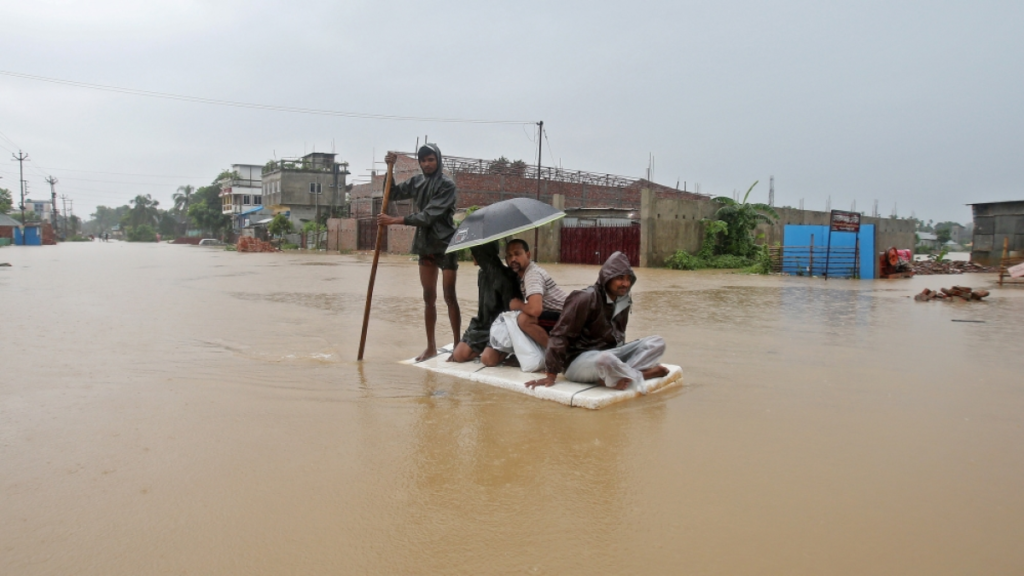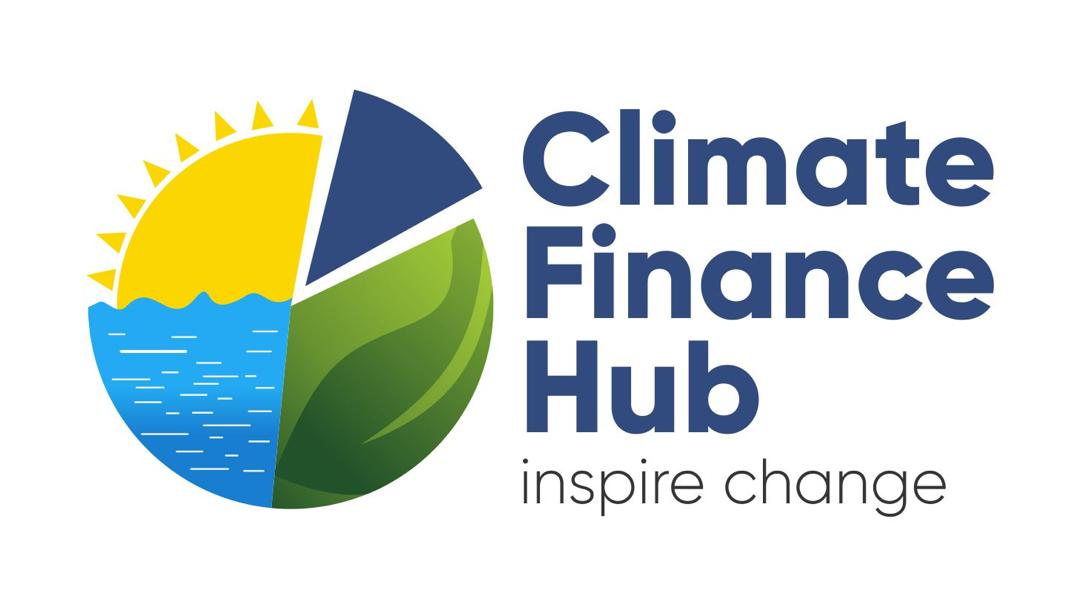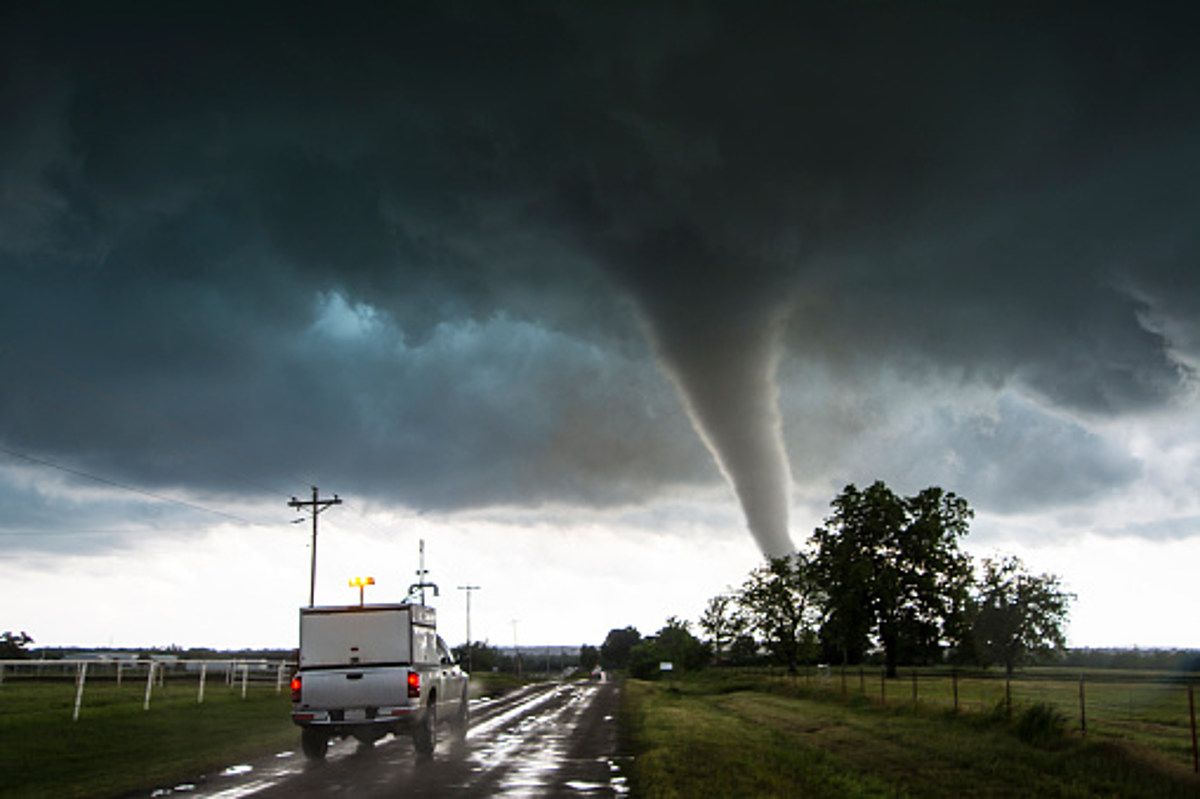As the frequency and intensity of extreme weather events continue to rise, the economic toll on nations worldwide has become undeniable. From devastating floods in Asia to prolonged droughts in Africa and catastrophic hurricanes in the Americas, the financial strain on governments, businesses, and communities is escalating. Experts now highlight that the solution to mitigating these adverse impacts lies heavily in increased climate finance.
Climate finance, which refers to the funding allocated for projects and initiatives aimed at combating climate change, has become a critical tool in enabling countries to build resilience against extreme weather. It includes both public and private funding directed towards renewable energy, climate adaptation measures, disaster preparedness, and green infrastructure. The urgency for such investments is clearer than ever, as the damage from climate-related disasters continues to disrupt industries, displace communities, and pressure global supply chains.
The Rising Cost of Extreme Weather Events According to the World Meteorological Organization (WMO), the number of weather-related disasters has increased by a factor of five over the past 50 years. In 2023 alone, global economies have sustained billions in damages due to severe storms, floods, and wildfires. Developing nations, which are disproportionately vulnerable to the effects of climate change, face additional challenges as they lack the financial resources and infrastructure to recover swiftly.

In countries like Pakistan and Mozambique, for example, the economic fallout from extreme weather has led to increased poverty levels and food insecurity, with recovery efforts being underfunded and slow. These challenges underscore the importance of mobilizing international climate finance to support mitigation and adaptation strategies in both developing and developed nations.
Private Sector Investment: A Key Driver While governments play a vital role in directing public funds towards climate resilience, experts argue that unlocking private sector investment is essential to bridging the climate finance gap. Private investors are increasingly recognizing the financial risks posed by climate change, from asset losses to stranded investments. However, significant barriers remain, including regulatory uncertainty, insufficient risk assessments, and the perceived low return on green projects in certain regions.
To address these challenges, international financial institutions and development banks are collaborating to create innovative financing mechanisms that encourage private capital flows into climate adaptation and mitigation projects. Green bonds, sustainability-linked loans, and blended finance models are among the tools being used to de-risk investments and attract private capital to climate solutions.
Global Cooperation and Policy Leadership International cooperation is pivotal in accelerating climate finance. At forums like COP29, world leaders are expected to negotiate new climate finance targets and enhance existing frameworks to ensure a just transition to a green economy. The $100 billion annual climate finance goal set by developed nations remains unmet, further underscoring the need for political will to ensure sustainable and equitable climate funding.
Ultimately, addressing the growing threat of extreme weather requires a holistic approach that includes both immediate disaster relief and long-term climate investments. By scaling up climate finance, nations can not only mitigate the devastating impacts of extreme weather but also foster resilient economies that are better equipped to face the climate challenges of the future.
Climate finance is no longer an optional strategy—it is a critical necessity for safeguarding the economic stability of nations and ensuring that the global community is prepared to confront the ever-worsening effects of climate change.




